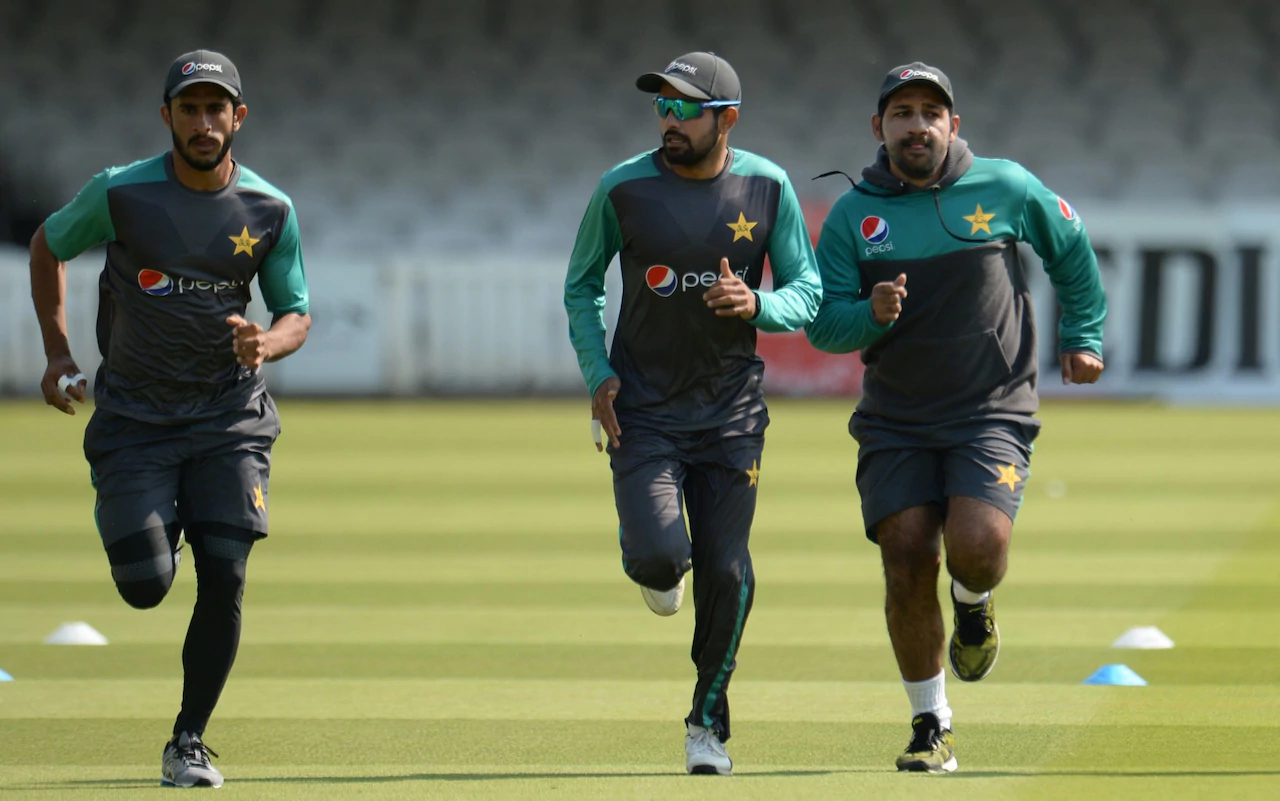On Saturday afternoon at Lord’s, Joe Root played a beautiful square cut into the ground. Fielding at backward point, Imam-ul-Haq dived to intercept the ballwithhisoutstretchedarms, and grabbed the ball cleanly. In a split-second of athleticism, four runs became none, prompting the entire Pakistan team to run to give Imam a high five.
It was a microcosm of the transformation in Pakistan’s fielding. Imam, like all of Pakistan’s young players, is dynamic in the field; rewind 15 years, and his uncle, the brilliant batsman Inzamam, would reach down to field balls with the air of a man rather insulted at being asked to do so.
After an England Test defeat as abject as Lord’s, fingers have inevitably been pointed at Twenty20 - for England’s shoddy shot selection,themarginalisationoftheCounty Championship, and probably the inclement May weather too. But ask Pakistan about the impact of T20, and their answer will be very different: the shortest format has done more than anything else to improve the standards of Pakistani fielding.
To understand the roots of Pakistan’s brilliant fielding performance at Lord’s - when they did not drop a single catch and, until a couple of pieces of poor ground fielding on the third evening, barely missed a ball either - it is necessary to understand the impact that the Pakistan Super League has had on cricket in the country.
Pakistan cricket’s nine years in exile have cost the board about $200 million (£151million), because of the extra costs of playing their home matches in the UAE instead and the loss of ticket revenue. For the next generation, it has also deprived them of the opportunities of learning from foreign coaches, as few have been willing to stay in Pakistan for long.
The PSL, which launched in 2016, changed all this. For one month a year in the UAE, Pakistan’sbestyoungplayersplayforleadingforeigncoaches and with leading international stars. As this is in the format of the game which most demands athleticism,fieldinghasbeenemphasisedlikeneverbefore. A measure of this shift is that a higher proportion of catches are taken in the Pakistan Super League than Australia’s Big Bash.
At Lord’s, England did not just glimpse the batting and bowling skills ofateambeingregenerated, but also saw a new generation of effervescent fielders. Shadab Khan is both in keeping with the stereotypes of Pakistani cricket - he is a brilliant teenage legspinner - and also completely removed from them: he is a vivacious fielder too and, indeed, a genuinely three-dimensional player of the ilk that Pakistanhaveseldom produced. Shadab was known as a precocious fielder even before the PSL but the tournament honed his athleticism, just as it did for Imam and Faheem Ashraf.
When elevated to the national squad, these players sharpened their fielding and fitness methodically and meticulously. After Mickey Arthurwasappointedheadcoachin2016, he appointed the Australian Steve Rixon as fielding coach. “What we’ve done, again, is that uncompromising way we’ve worked with fielding and fitness standards,” Arthur explained before Lord’s.

Pakistan are placing more emphasis on fitness than ever before CREDIT: GETTY IMAGES
Before his very first tour - the series in England in 2016 - the team trained with the army; the sight of Pakistan’s players doing press-ups on the Lord’s outfield two years ago was an acknowledgment of how this had helped. This time - as he has made the norm - Arthur oversaw a pre-series camp in Pakistan and, during the early tour matches and the Test in Ireland, honed the side’s slip fielding. Asad Shafiq’s diving catch from second slip on the first day, to account for Jos Buttler, amounted to stunning vindication.
Playing in Dubai, Arthur believes, has forced Pakistan to achieve new heights of fitness. “You get to Dubai and you get to 50, and it’s 40 degrees, you have guys throw their wickets away.Well now their fitness standards allow them to go on and get80sand 100s.”

Mickey Arthur has played a crucial role in Pakistan's transformation CREDIT: REUTERS
Arthur was not the first foreign coach to stress the importance of fielding. In many ways he shares many of the same qualities as Bob Woolmer, who also coached South Africa before doing the Pakistan job: the demeanour of an amiable uncle, a determination to improve Pakistan in their historical weaknesses without impinging upon their traditional strengths and his embrace of Pakistan as a country as well as a cricket team.
During his celebrated stint as Pakistan coach, from 2004 to 2007, Woolmer brought a new emphasis to fielding as a core skill, not merely a nice garnish on the side,introducingarigourtofieldingsessions. If there was only so much that could be done to make Inzamammore agile, Woolmer pushed the elevation of more dynamic fielders, like Shoaib Malik and begun a broader cultural shift in Pakistani cricket.
Arthur is completing the revolution that Woolmer started. Since he took over as Pakistan coach, they have taken 80per cent of catches in Tests; only New Zealand and South Africa have been better.Pakistanhavealwaysbeencapableof out-batting and out-bowling opponents. Now, they routinely out-field them too.
Courtesy: The Telegraph
Article: https://www.telegraph.co.uk/cricket/2018/05/30/pakistan-turned-fielding-joke-one-best-sides-world/




